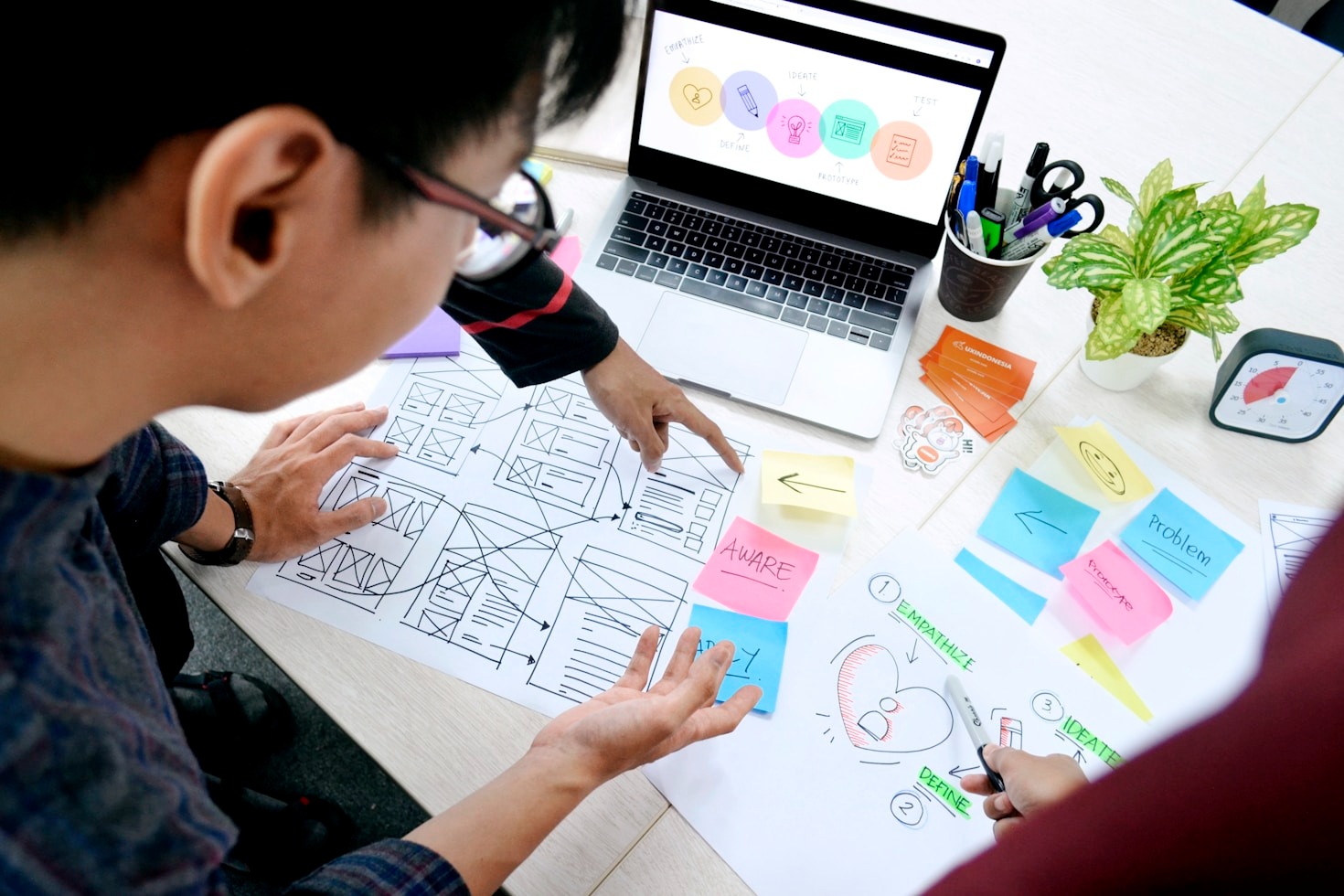Customer experience (CX) in Malaysia is entering a decisive decade. Digital adoption has accelerated across banking, telco, healthcare, retail, and government services; expectations are now shaped by the best experience a customer has anywhere, not just within an industry. To compete, Malaysian organizations must move beyond ad-hoc service fixes and build CX as a disciplined operating system—anchored in evidence, culture, and design. This article outlines a practical blueprint: where we are, what good looks like, and how to get there.
In Malaysia, the push to revolutionize customer experience is driven by a convergence of digital transformation, rising consumer expectations, and regional competition. For example, e-wallet adoption surged beyond 80% of urban users after 2020, setting a benchmark for instant, transparent service that now spills over into banking, healthcare, and logistics.
A 2024 Bain & Company survey found that 73% of Malaysian consumers are willing to pay more for brands that deliver consistent, effortless experiences, yet fewer than half believe local companies meet that standard. This gap underscores the urgency for organizations to embed CX principles—like journey mapping, service design, and feedback loops—into their core operations rather than treating them as marketing add-ons. Experts such as Forrester and Gartner note that firms leading in CX achieve 2–3x higher customer retention and lower service costs through automation that complements, not replaces, human empathy.
Malaysian telcos, insurers, and fintechs are already piloting AI-assisted support systems that cut resolution times by 40% while preserving bilingual, culturally sensitive dialogue. These examples demonstrate that the CX revolution is not about technology alone—it’s about orchestrating people, processes, and platforms to create seamless, trustworthy, and emotionally intelligent interactions across every customer touchpoint.


1) The Malaysian CX context: forces reshaping expectations
Digital-first but human-dependent. Mobile usage is ubiquitous, yet high-stakes moments (claims, disputes, health questions) still demand empathetic human support. Winning brands orchestrate both—rapid digital self-service for routine tasks and expert agents for complexity.
Language and cultural nuance. English, Bahasa Malaysia, Mandarin, and Tamil are commonly used; tone and honorifics matter. Localization is not a translation task; it’s the ability to mirror customers’ mental models, vocabulary, and etiquette across channels.
Trust and compliance. With rising awareness of data privacy (e.g., PDPA) and scams, trust is a differentiator. Clear consent flows, precise copywriting, and transparent data practices reduce friction and increase conversion—especially in finance and healthcare.
Price sensitivity with premium expectations. Consumers expect value for money and seamlessness: clear prices, fast delivery, simple returns, and proactive updates.
2) Redefining CX: from touchpoints to journeys to systems
Many organizations still optimize single touchpoints (e.g., “reduce AHT in the call center”). Modern CX treats the customer journey as the unit of design: acquisition → onboarding → usage → issue resolution → loyalty and expansion. But the endgame is broader: a system where strategy, people, process, data, and technology reinforce each other.
The CX system stack
- Strategy: A clear promise (e.g., “fast, fair, and human”) translated into service standards per journey.
- Service design: Evidence-based journey maps, co-created with customers and frontliners, prioritizing moments that matter.
- Operations: Cross-functional ownership, SLAs, playbooks, and incentives aligned to outcomes, not internal silos.
- Data & measurement: A governed data layer and a balanced scorecard (experience + operational + financial metrics).
- Technology & tooling: Interoperable platforms for identity, messaging, knowledge, analytics, and automation.
- Culture & capability: Hiring, coaching, and leadership rituals that reward problem-solving and empathy.
3) Designing for Malaysia’s omnichannel reality
Simple, fast self-service:
- A task-oriented mobile site/app with plain-language labels (e.g., “Pay bill,” “Change address,” “Replace card”).
- Smart FAQs and guided flows in Bahasa/English at minimum; Mandarin and Tamil where audience warrants.
- Status transparency (“Where is my claim/order?”) reduces calls and anxiety.
Assisted channels that feel unified:
- Integrate WhatsApp, live chat, email, and phone with a single customer timeline.
- Hand-offs preserve context (no repeated authentication, no restating the issue).
- Offer call-back for queues > 2–3 minutes; customers should choose the channel, not fight it.
Proactive, event-driven communication:
- Triggers for onboarding tips, expiring documents, failed payments, and delivery delays.
- Humanize templates; write as if speaking to one person.
4) AI and automation: where they help—and where they don’t
High ROI areas today
- Intelligent routing: triage by intent, language, and segment to cut mis-queues.
- Agent assistance: real-time knowledge suggestions, form autofill, and summary generation.
- Quality monitoring at scale: auto-score empathy, compliance phrases, disclosures, and promises.
- Knowledge management: transform SOPs into conversational answers; keep content versioned and governed.
Where caution is essential
- Medical, legal, and financial advice require human review and scripted safeguards.
- Language generation must respect tone and cultural context; always log outputs for audit.
- Bias and hallucination risks demand a red-team and approval workflow.
Goal: automation that elevates humans, not replaces them—faster resolution, fewer transfers, and more emotionally intelligent conversations.
5) Measurement that drives the right behavior
Relying on a single score (e.g., NPS) is fragile. Use a balanced scorecard with three layers:
- Experience outcomes: NPS/CES/CSAT tied to critical journeys (onboarding, claims, returns).
- Operational drivers: first-contact resolution (FCR), time to resolution (TTR), queue abandonment, self-service completion rate, repeat contacts.
- Financial impact: churn, cost-to-serve, conversion, average order value, claims leakage, bad debt.
Design dashboards by journey, not department. Weekly reviews should ask: What broke? What improved? What did we learn? What will we change by Friday?
6) Service design in practice: three Malaysian personas
- B40 family in a secondary city: prepaid data, budget-conscious, prefers WhatsApp and Bahasa; needs clear fees and nearby panel clinics/branches.
- Urban professional: expects self-serve speed, weekend service windows, English UI; cares about privacy and flexible delivery/claims options.
- SME owner: seeks predictability, tax/compliance clarity, and one point of accountability; values bilingual documentation.
Build content, flows, and support scripts to serve all three—without forcing a single, generic experience.
7) Empowering frontlines: the human multiplier
Hire for attitude; coach for skill. Curiosity and accountability beat years of average tenure.
Equip with decision rights. Offer “guardrails + judgement” rather than rigid scripts—e.g., discretionary credits under RM150 for common failures.
Design knowledge like a product. Roles: Content owners (create/approve), librarians (structure/findability), analytics (what’s searched vs found).
Close the loop. Every escalation should produce a playbook update, policy tweak, or UX fix—not just a one-off apology.
8) Governance and risk: building trust by design
- PDPA-aligned data governance: clear consent capture, minimal data retention, encryption in transit and at rest, role-based access.
- Secure integrations: token-based APIs; no ad-hoc copy-pasting of customer data between tools.
- Vendor due diligence: assess cloud and BPO partners on uptime SLAs, ISO standards, incident playbooks, and exit plans.
- Accessible, inclusive design: readable fonts, color contrast, alt text, and language toggles—small steps, big reach.
9) Industry plays: what “great” looks like
Banking & Fintech: instant eKYC, card freeze/unfreeze, dispute tracker, empathetic fraud protocols, RM communication in Bahasa/English.
Telco: SIM/eSIM activation in minutes, plain-fee plan comparisons, tower outage maps, smart debt-relief plans.
Healthcare/Insurance: claim pre-checks, panel discovery by location/specialty, transparent exclusions, post-discharge follow-ups.
Retail & Logistics: inventory-linked promises, delivery ETA you can trust, painless returns, proactive delay alerts.
Public services: one ID across services, multilingual flows, milestone notifications, and disability-friendly design.
10) A 12-month roadmap to transform CX
Quarter 1 — Prove value and fix the basics
- Map two critical journeys (e.g., onboarding and issue resolution).
- Deploy quick wins: WhatsApp integration, call-back, simplified FAQs, status tracker MVP.
- Establish the scorecard and weekly ritual; appoint journey owners.
Quarter 2 — Scale self-service and agent excellence
- Launch a governed knowledge base for agents and customers.
- Pilot agent assist (search, snippets, summaries) and post-call QA automation.
- Redesign contact reasons; reduce repeat contacts by 15–20%.
Quarter 3 — Orchestrate end-to-end
- Unify customer identity across channels; implement persistent context.
- Roll out event-driven messaging (renewals, delays, exceptions).
- Introduce decision rights and goodwill budgets; cut escalations by 25%.
Quarter 4 — Industrialize and differentiate
- Embed service design into change governance (no launch without CX sign-off).
- Expand multilingual content; add accessibility standards.
- Tie incentives to journey outcomes; publish an annual CX report for transparency.
11) Leadership principles that sustain momentum
- Start with evidence. Decisions without data are opinions; decisions without customers are guesses.
- Design for clarity. Simpler journeys beat clever UI.
- Automate responsibly. AI is an assistant; humans own outcomes.
- Make it weekly. Small, frequent improvements compound faster than yearly “big bangs.”
- Celebrate frontlines. Your best CX technology is still a well-prepared human.
Conclusion.
Revolutionizing customer experience in Malaysia is less about shiny tools and more about disciplined execution: a clear promise, journeys designed with customers, empowered people, trustworthy data, and technology that quietly removes friction. Organizations that build this operating system will earn something algorithms can’t fabricate—enduring trust and loyalty.
Wrapping Up with Key Insights
Revolutionizing customer experience (CX) in Malaysia requires more than digital tools — it demands an integrated system that connects strategy, design, operations, data, and people. Malaysian customers expect digital convenience and empathetic human service, delivered in multiple languages with transparency and trust. Leading organizations are redesigning entire customer journeys, not just touchpoints, using evidence-based service design and data-driven scorecards that balance satisfaction, efficiency, and business results. Automation and AI should empower agents, not replace them, by improving routing, knowledge access, and quality monitoring. Success depends on empowering frontliners with decision rights, embedding privacy and accessibility in every process, and measuring progress weekly instead of annually. Ultimately, the CX revolution in Malaysia will be led by organizations that combine disciplined execution with authentic human empathy — earning lasting loyalty through clarity, speed, and trust.


Leave a Reply